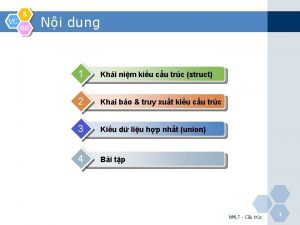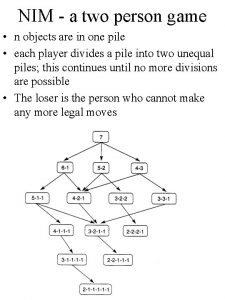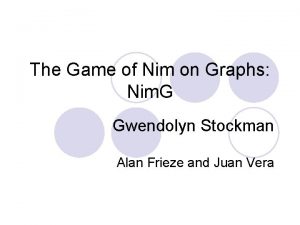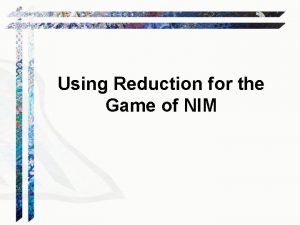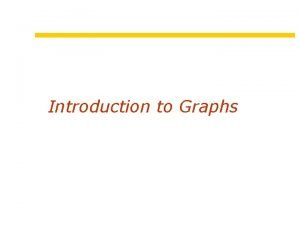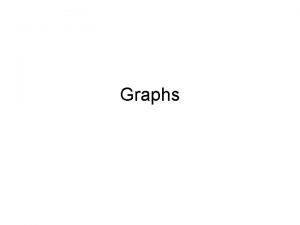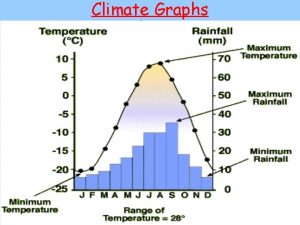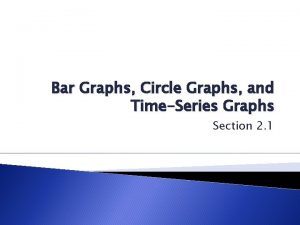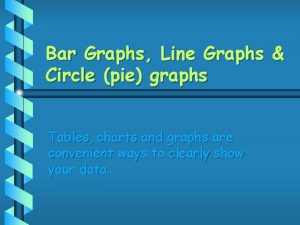The Game of Nim on Graphs Nim G













- Slides: 13

The Game of Nim on Graphs: Nim. G By Gwendolyn Stockman With: Alan Frieze, and Juan Vera

The Game of Nim l 2 players l n piles of disks, with a 1, a 2, … an amounts of disks on each pile, respectively l Players take turns decreasing the number of disks on each pile to any strictly smaller, non-negative integer l A player loses when there are no disks left to be removed

Proposed Versions of Nim. G 2 players 1 piece is moved along an undirected graph, and discs are removed l If discs on vertices: l l ¡ ¡ l Could move then remove discs Could remove discs then move If discs on edges: ¡ Remove discs as you go along an edge Players take turns decreasing the number of disks on each pile to any strictly smaller, non-negative integer. l How to win: l ¡ ¡ If you remove the last disk The other player can’t complete their turn

Grundy Numbers Used to represent wining and losing positions l Given an acyclic diagraph H = (V, E) l Define: l Recursively define: l l A player is in a winning position if at the end of his/her turn the playing piece is on such that

Grundy Numbers (cont. ) l The Grundy Numbers are calculated in reverse order, starting from a winning position l Write a program to calculate the Grundy Numbers for all possible positions in the game tree for nim. G (which is an acyclic diagraph)

Previous Work: Nim on Graphs Edge version – each edge assigned a nonnegative integer l Undirected Graphs including: l ¡ ¡ ¡ l Bipartite Graphs Trees Cycles In A Nim game played on Graphs II (Fukuyama) it was proven that the Grundy Numbers of Nim on Trees and Nim on Cycles can be found completely.

My Theorem (Notation) l (a, b, c): 0 means: a disks c disks b disks v 0 v 1 v 2 Where is the piece being moved l Note that my Theorem is for the vertex version of Nim. G, with removing disks then moving. l

My Theorem

Sketch of Proof l Note that, by definition: l For , all possible moves from result in: and so, thus, l Similarly for , l For , all possible moves from result in: and both and thus, so,

Sketch of Proof (cont. ) If, and then so, Note that the same thing happens for and l If , , and then not only is but, So, l It can be shown that since for all nonnegative integers l

Sketch of Proof (cont. ) l And, since by above, we have l So, l The rest of theorem is proved by induction.

Next Steps l Prove or Disprove: ¡ Both vertex versions of Nim. G are special cases of the edge version, in that they can be transformed into trees. l Further examine interesting cases with the bounds on Grundy Numbers ¡ For the remove then move vertex version of Nim. G, path of 4 vertices, leads to much higher Grundy Numbers, than were found for the 3 vertex version.

Questions? ? ?
 Testability tips in software testing
Testability tips in software testing Comparing distance/time graphs to speed/time graphs
Comparing distance/time graphs to speed/time graphs Graphs that enlighten and graphs that deceive
Graphs that enlighten and graphs that deceive Which two graphs are graphs of polynomial functions?
Which two graphs are graphs of polynomial functions? Gry kombinatoryczne
Gry kombinatoryczne Duration gap formula
Duration gap formula Vc bb
Vc bb Misere nim solution
Misere nim solution Nim+
Nim+ Graniastosłup prosty siatka
Graniastosłup prosty siatka Nim minimax
Nim minimax Oh mo nim
Oh mo nim Nim model police
Nim model police Nim esa unggul
Nim esa unggul






